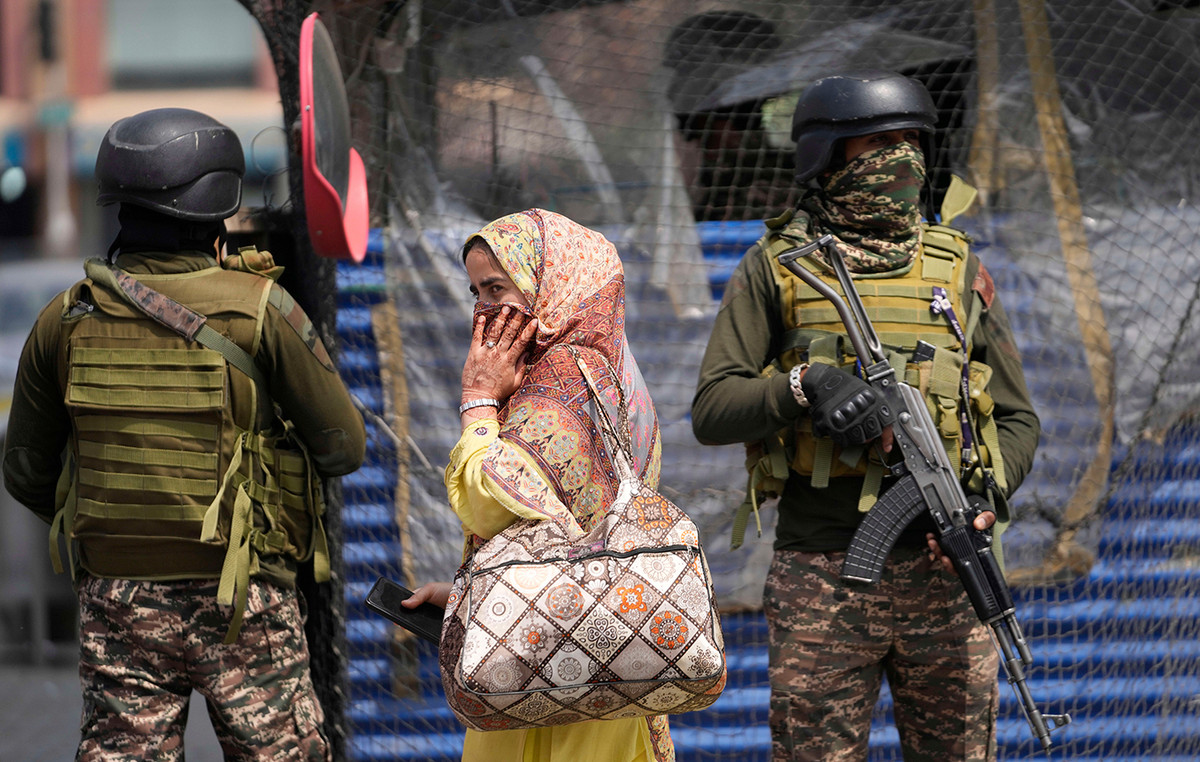President Luiz Inácio Lula da Silva (PT) postponed his trip to China to Sunday (26) after being diagnosed with mild pneumonia. It was scheduled for early Saturday afternoon (25).
A pneumonia It is an infection of the lower airways, which includes, in addition to the lungs, structures such as the trachea, bronchi, bronchioles and alveoli. The problem, caused by viruses, bacteria and fungi, can cause mild to severe illness in people of all ages.
Among the most common causes of pneumonia are infection with the flu virus, respiratory syncytial virus (RSV) and coronavirus. In relation to cases of bacterial origin, infections usually occur by Streptococcus pneumoniae (pneumococcus) and Mycoplasma pneumoniae.
Pneumonia is classified according to the risks of the infection’s evolution, according to pulmonologist Gustavo Prado, from Hospital Alemão Oswaldo Cruz.
“Pneumonia can be classified by severity. In a very simplified way, we can separate between mild, moderate and severe pneumonia, or assign different scores in risk scores that we calculate according to patient characteristics in relation to age, sex, existence of some underlying diseases and the manifestations pneumonia clinics,” explains Prado.
According to the expert, risk assessment allows determining the conduct of treatment and the need or not for hospitalization.
“Patients who are not at risk of complications tend to be treated at home with antibiotics or other medications depending on the cause of the pneumonia. Patients who already have a slightly increased risk of complications but do not show clinical deterioration, respiratory failure or circulatory changes can be treated in the hospital environment of an inpatient unit. Those with greater severity or clinical complications need to be admitted to the ICU”, he details.
The doctor adds that the difference between mild and severe pneumonia is not only associated with the extension of the lung affected by the infection, but also with the potential repercussions for the body.
“In the clinical evaluation of the patient and risk stratification, we take a lot into account if he has a drop in oxygenation, if he has an increase in heart rate, if he has a drop in blood pressure, change in the level of consciousness or disorientation, if he is old. very advanced or the existence of serious illnesses that could compromise its evolution”, says Prado.
types of pneumonia
There are at least three types of pneumonia. That acquired in the community occurs when someone develops the problem in an environment outside health institutions.
Healthcare-associated pneumonia is the result of an infection acquired during or after a stay in a hospital setting, long-term care facilities, and dialysis centers, for example.
A third type is ventilator-associated pneumonia, when a patient becomes ill after having to be placed on an artificial ventilation machine.
According to the Brazilian Society of Pneumology and Tisiology (SBPT), community-acquired pneumonia is most often caused by the bacteria Streptococcus pneumoniae (pneumococcus), which settles in the lungs when there are situations of low immunity.
“Pneumococcus is part of the usual bacterial flora of our upper airways. However, these microorganisms end up invading the lungs and leading to pneumonia when there are factors that cause a decrease in immunity, such as a strong flu, for example”, explains José Tadeu Colares Monteiro, pulmonologist of the Scientific Commission of Respiratory Infections and Mycoses of the SBPT, in a statement. .
Risks and symptoms
The most common symptoms of pneumonia are cough, fever and chest pain. In the most severe cases, there may be shortness of breath. The cough caused by bacterial pneumonia usually has expectoration, with the presence of thick phlegm. While viral pneumonia causes a drier cough.
Fever is usually lower in the case of viral pneumonia. In the elderly, there may be pneumonia without fever.
According to the SUS Hospital Information System (SIH/SUS), from the Ministry of Health, 25,917 hospitalizations and 3,596 deaths from pneumonia were recorded in Brazil in August 2021.
According to the SBPT, the groups most at risk for infection are:
- Children, especially under 2 years old;
- seniors over 65 years old;
- people with chronic, respiratory, cardiac, hepatic diseases and that cause immunosuppression;
- patients under treatment with immunosuppressants;
- alcoholics and smokers.
Diagnosis and treatment
The diagnosis of pneumonia is essentially clinical. From the consultation, the doctor evaluates the patient’s complaints and performs a physical examination to verify changes in lung auscultation. To confirm the diagnosis, a chest x-ray is taken.
Laboratory tests may be necessary in cases of atypical disease-causing agents, severe cases, for patients who do not respond to initial treatment or who are admitted to the Intensive Care Unit (ICU), in addition to cases of more than one associated infection, such as Covid-19 and flu.
Pneumonia can be treated with antibiotics, depending on the most likely microorganism at the site of disease acquisition, the presence of individual risk factors and associated diseases.
“In the setting of a pandemic, the symptoms of pneumonia and Covid-19 can overlap. Therefore, it is mandatory to carry out an antigen test in patients who are admitted to hospitals with respiratory symptoms, flu or pneumonia symptoms. In most locations, the protocol is to do the RT-PCR test. If it is Covid-19, the treatment is clinical support and patients who develop signs of severity are hospitalized”, says the doctor.
Source: CNN Brasil
I am an experienced journalist and writer with a career in the news industry. My focus is on covering Top News stories for World Stock Market, where I provide comprehensive analysis and commentary on markets around the world. I have expertise in writing both long-form articles and shorter pieces that deliver timely, relevant updates to readers.







